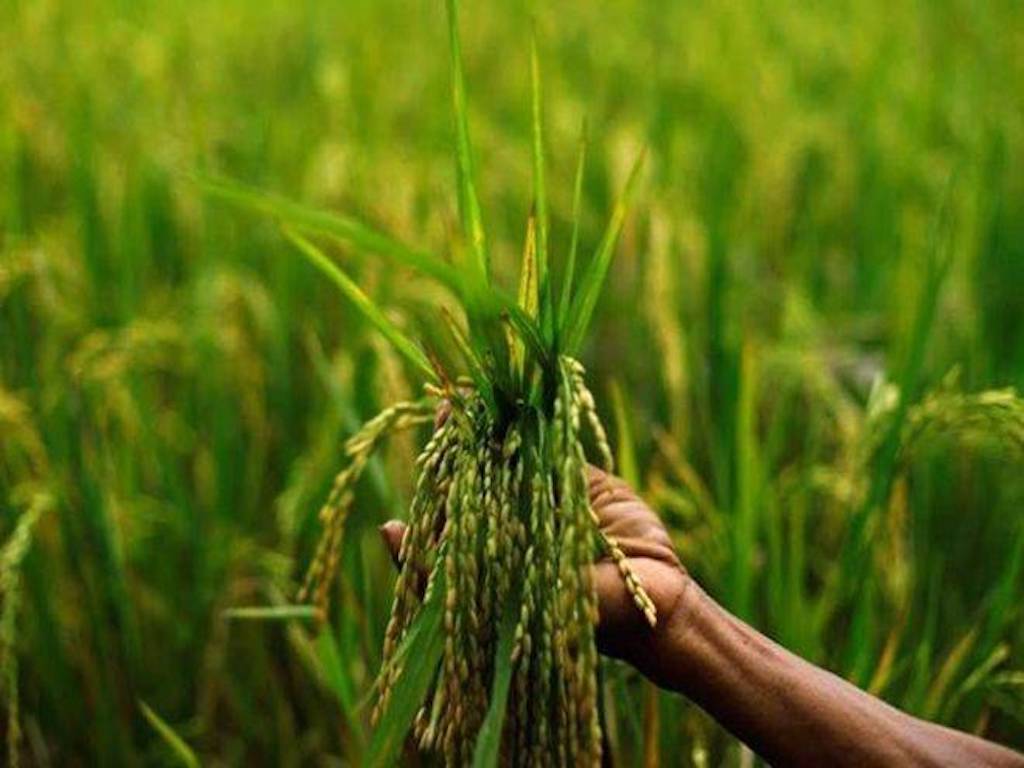
Farming inarguably is the backbone of the Indian economy and the role of the agri sector in India's economy can't be downplayed. The sector does have a significant indirect influence on the unified sectors of the provincial economy and the production and administrations divisions of the public economy. Like the farming sector, the Agri-Warehousing and Agri-Financing areas are likewise the key empowering agents in the development of the nation's Agri-economy and the advancement and improvement of these two sectors will eventually profit the farmers.
In India, there are two pedestals of post-harvest agriculture, the one being storage and another being restoration and agri-financing. India comprises dual Rabi and Kharif planting seasons, and the crops produced in both of these seasons are eaten during the whole year in the following months. This has an immediate connection to inflation, farmer’s pay, and the Indian populace's nutrition cycle. During the repository time frame, both of the above mentioned pedestals are major for the sustainability and conservation of the yields.
In repository and conservation, the significant difficulties are with respect to the impression of insufficient framework and the Non-scientific repository arrangements prompting quality and quantity loss of harvests, henceforth financial misfortune both to the exchequer just as the maker.
It should be noted that according to GOI information, 10% of the harvest estimated at an amazing 1 lakh crore is apparently getting squandered in India because of non-accessibility of storage. Had it been the situation, the grain which India imports in colossal amounts from a large group of countries like Australia, Canada, Baltic region, and so forth and which gets unloaded at ports for quite a long time prior to arriving at the buyer would have been the first to decay however shockingly it doesn't slack on quality or quantity throughout the time-frame, and yet information in the public space proposes that Indian harvests that are put away in static ground climate in CAP or Warehouses loses 10% of the amount. This presumption in itself is an irregularity as these misfortunes are because of Non-scientific administration and not because of insufficient storage.
In a time of Artificial Intelligence and mechanical progression, it is unsettling to see that because of wrong awareness the issue is being wrongly recognized and consequently not being tended to. At the point when techniques like remote sensing and GPS locking is turning out to be comprehensive we are as yet raving that we don't have the methods for securing our yields in distribution centers (in whatever state and the stage they are in) and henceforth we require new framework while the arrangement lies in setting up scientific administration organizations and empowering more up to date innovations which could deal with the current framework effectively and help in tending to the issue of post-harvest misfortunes. In India, on the off chance that we could forestall this 10% of post-harvest misfortunes that itself would be similar to a green revolution. Indeed, a couple of years back FICCI had done an investigation on how utilizing scientific methods on existing frameworks can diminish the post-harvest misfortunes of 10% to just 0.5%.
Much the same as Warehousing, Agri financing is another indispensable piece of the Agri value chain and for a long time this function has been played by different parties like merchants, mill operators, Arhtiyas, Banks, and most lately the NBFCs. The Centre had arranged this as a critical business lending territory yet here too there exists an inconsistency. The public authority gives lending goals to the banks with an arrangement that on the off chance that the banks don't meet those objectives they needed to buy in to GOI securities to the tune of a shortage of goal at very low yield. Notwithstanding this impediment, there are times banks don't meet their objectives. So at one hand, we have the situation of Agri farmers, merchants, and so forth who can't access funding and at the other, we had banks that couldn't meet lending goals.
To bridge this void emerging out of the powerlessness of banks to serve the specialty zones, a great deal of expert Agri specialist organizations has broadened into NBFC however regardless of the accessibility of market and craving these NBFCs couldn't improve their business because of low RoE that was not in comparability with the assumptions for the investors. This was on the grounds that these NBFCs don't have influence accessible at a lower cost, not at all like banks that have CASA which gives them admittance to less expensive credit. These NBFCs are reliant on banks to give them credit, which prompts a greater cost of capital which goes about as an obstacle to additional lending. So less expensive credit made accessible to such NBFCs simply like credit is made accessible to NABARD, will go far in amplifying the Agri sector. The most ideal situation here would be the development of an Agri Bank which loans to such firms with every due check and equilibriums, will go far in helping the development of the Agri financing NBFCs.











